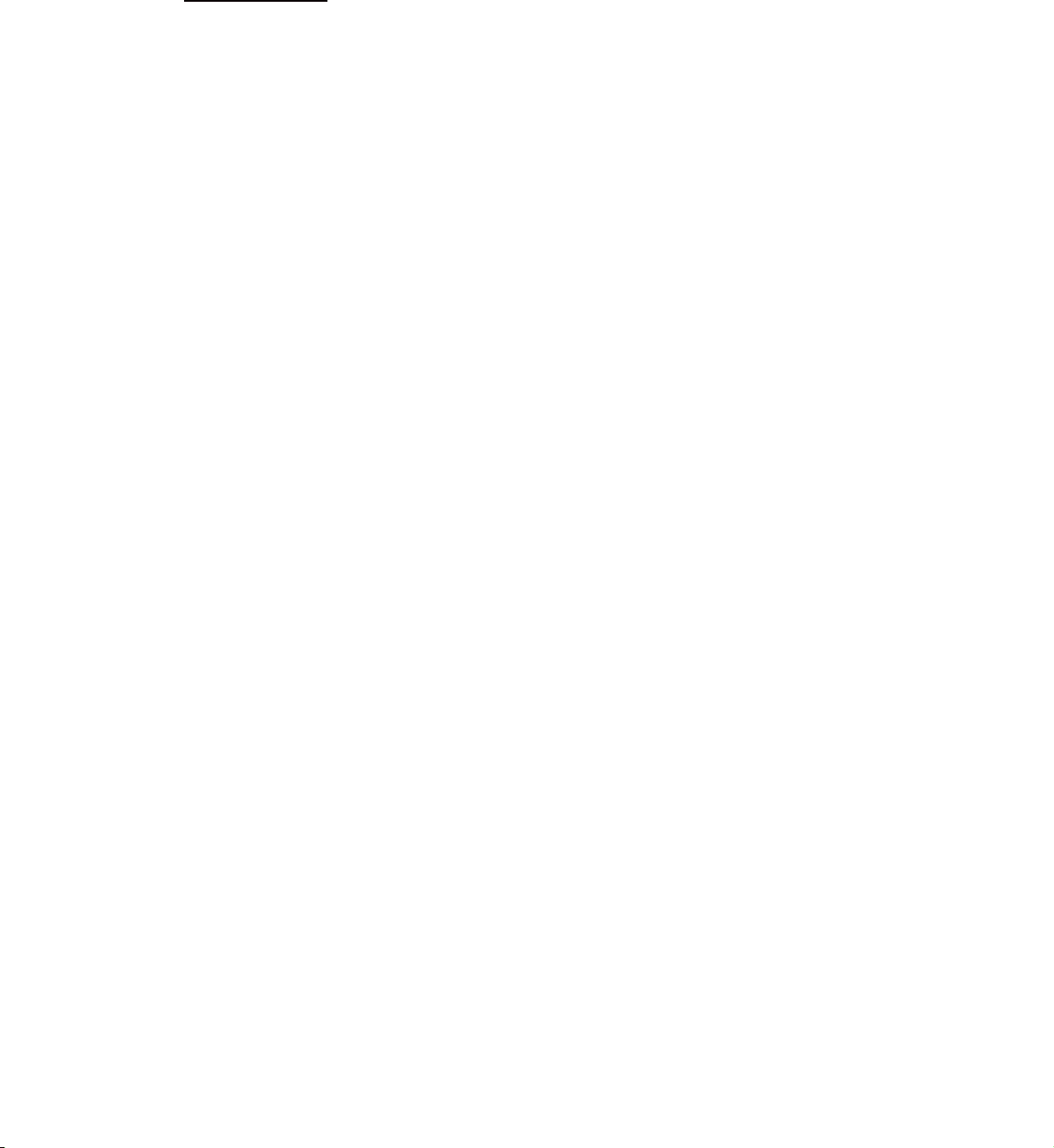
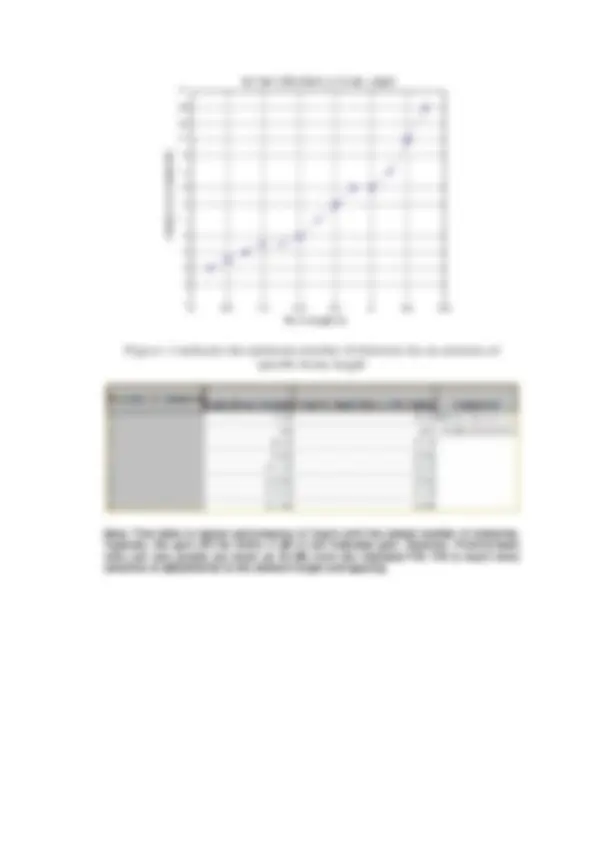
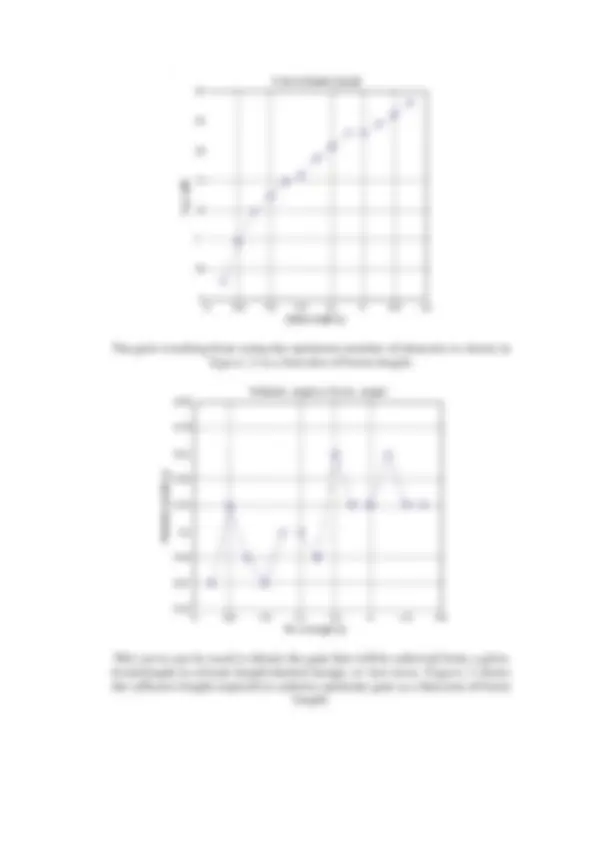
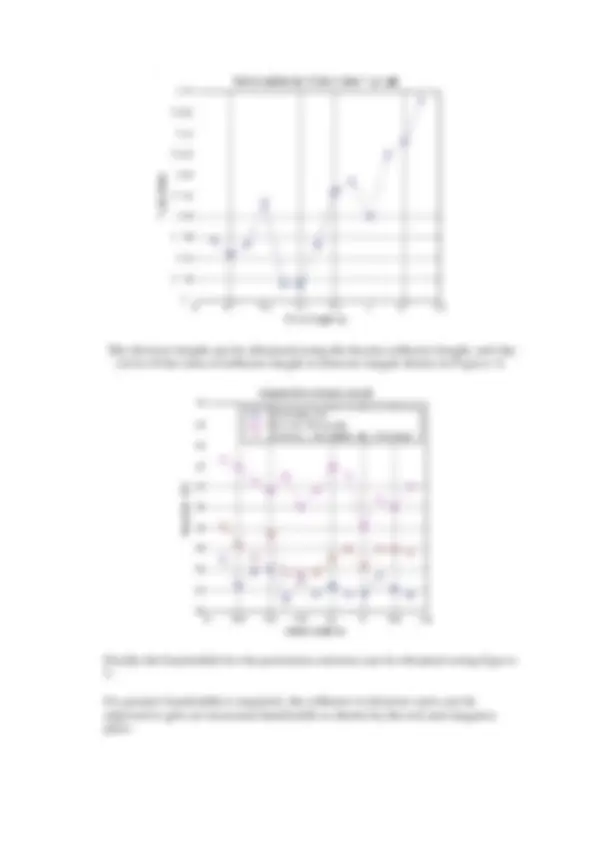
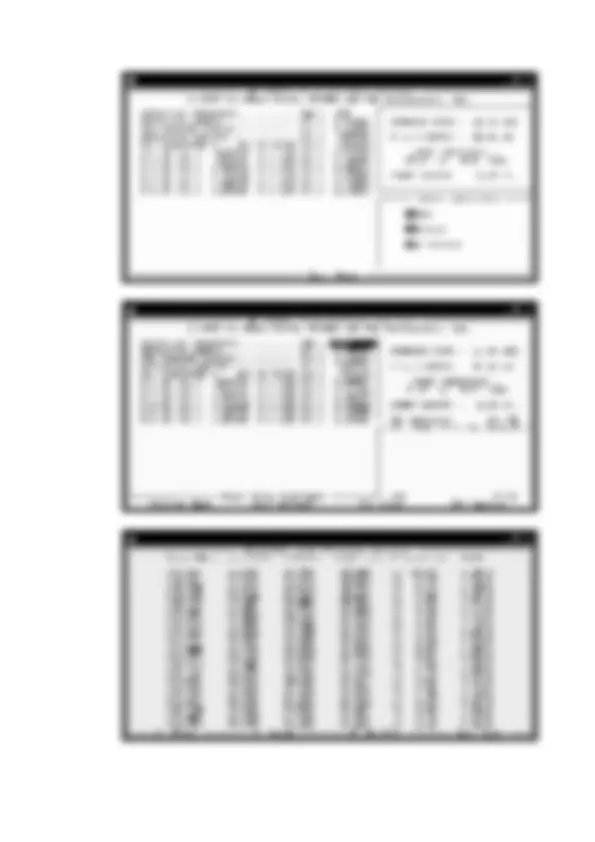
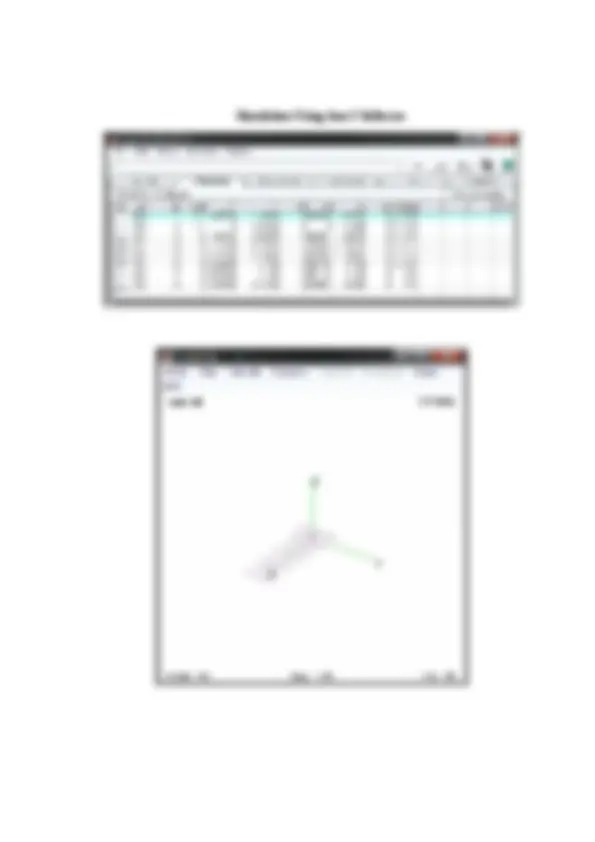
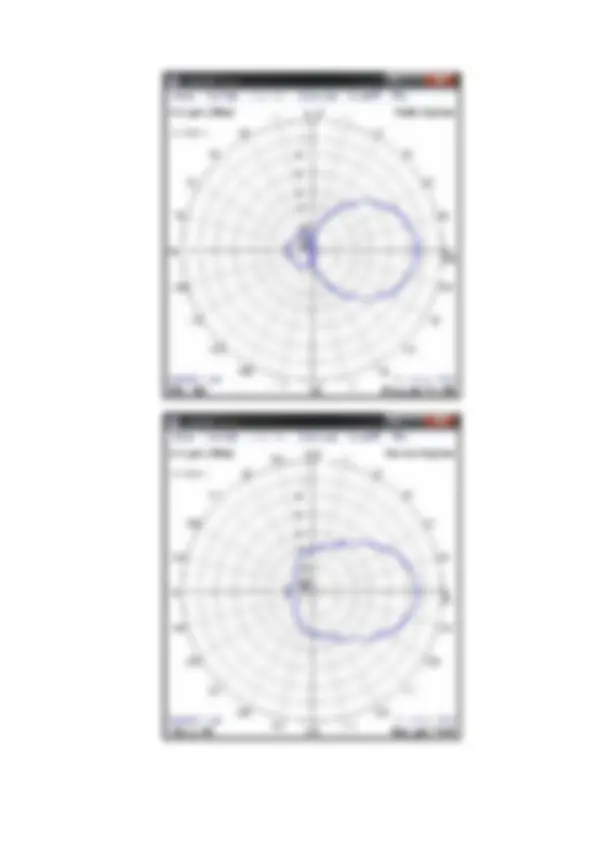


Study with the several resources on Docsity

Earn points by helping other students or get them with a premium plan


Prepare for your exams
Study with the several resources on Docsity

Earn points to download
Earn points by helping other students or get them with a premium plan
Community
Ask the community for help and clear up your study doubts
Discover the best universities in your country according to Docsity users
Free resources
Download our free guides on studying techniques, anxiety management strategies, and thesis advice from Docsity tutors
Manual - Manual
Typology: Exercises
1 / 11

This page cannot be seen from the preview
Don't miss anything!







The Yagi (or Yagi-Uda) antenna is a linear array of parallel dipoles. One element is energised directly by a feed transmission line with the others acting as parasitic radiators. The function of these elements is to enhance the radiation pattern in the source direction. Generally the reflector will be 5% longer than the driven element (ie diploe)and the directors will be 5% shorter. Parameter limits are:
Optimization of the Yagi-Uda Antenna can be achieved by simulating the radiation patterns for various lengths of the elemnets and the spacing between them. Other factors that effect the radiation pattern are:
System Requirements
It's suggested to design a yagi antenna to receive a TV channel in VHF band this channel has a bandwidth of 6MHz from 174 to 180 MHz with video carrier at 175.25MHz and DTV carrier at 174.31MHz and audio carrier at 179.75MHz. The antenna location is of about 50km from the transmitting station (20dBi) and of no landscape obstacles.
The following design curves enable the optimum selection of the following variables/characteristics (all as a function of boomlength) related to the design of a simple Yagi antenna:
The gain resulting from using the optimum number of elements is shown in figure 2 as a function of boom length.
This curve can be used to obtain the gain that will be achieved from a given boomlength in a boom length limited design, or vice versa. Figure 3 shows the reflector length required to achieve optimum gain as a function of boom length.
The director length can be obtained using the known reflector length, and the curve of the ratio of reflector length to director length shown in Figure 4.
Finally the bandwidth for the particular antenna can be obtained using figure 5.
If a greater bandwidth is required, the reflector to director ratio can be adjusted to give an increased bandwidth as shown by the red and magenta plots.
Design Using Yagi Designer Software
Optimization Using QuickYagi Software